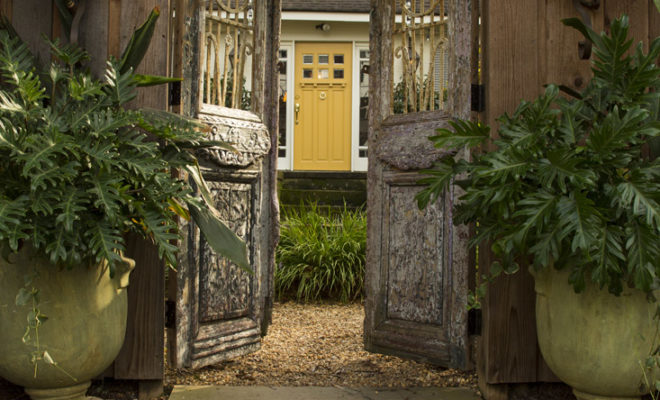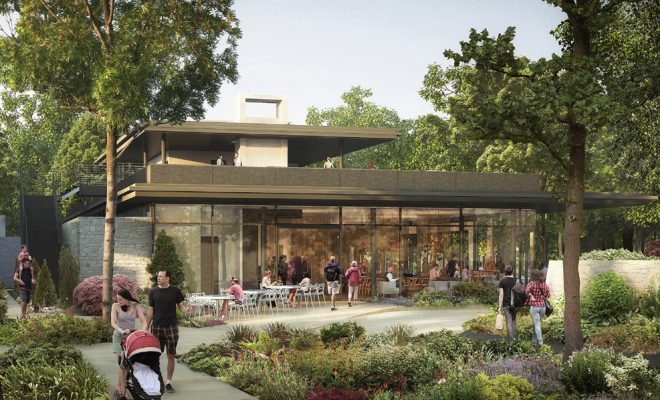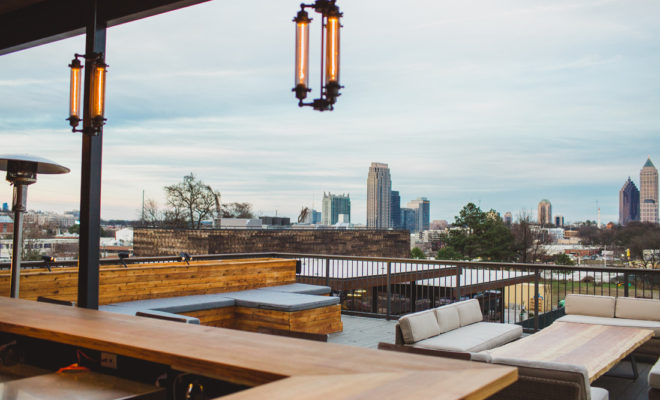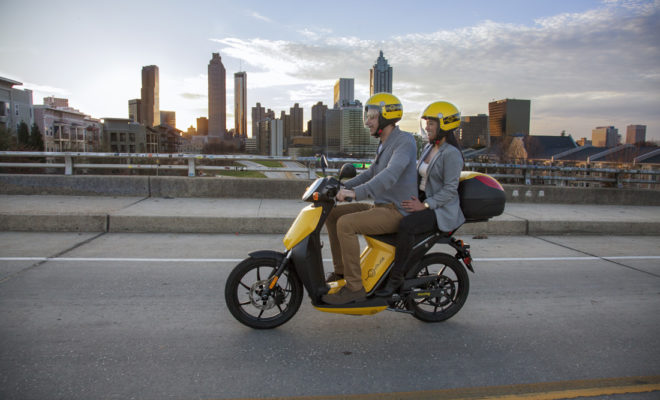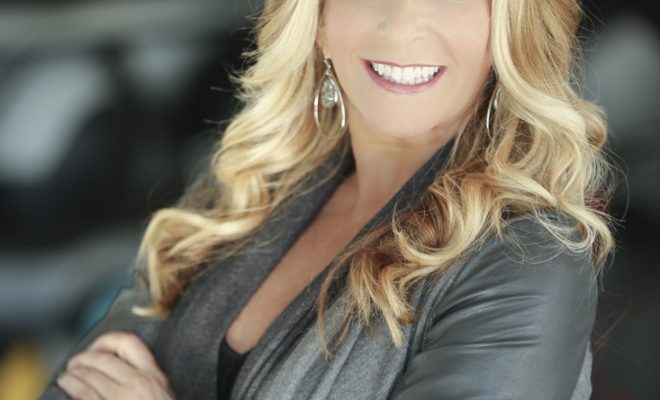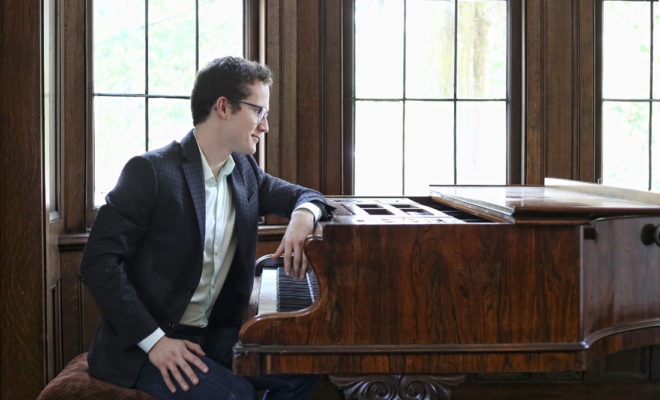Enchanted Garden
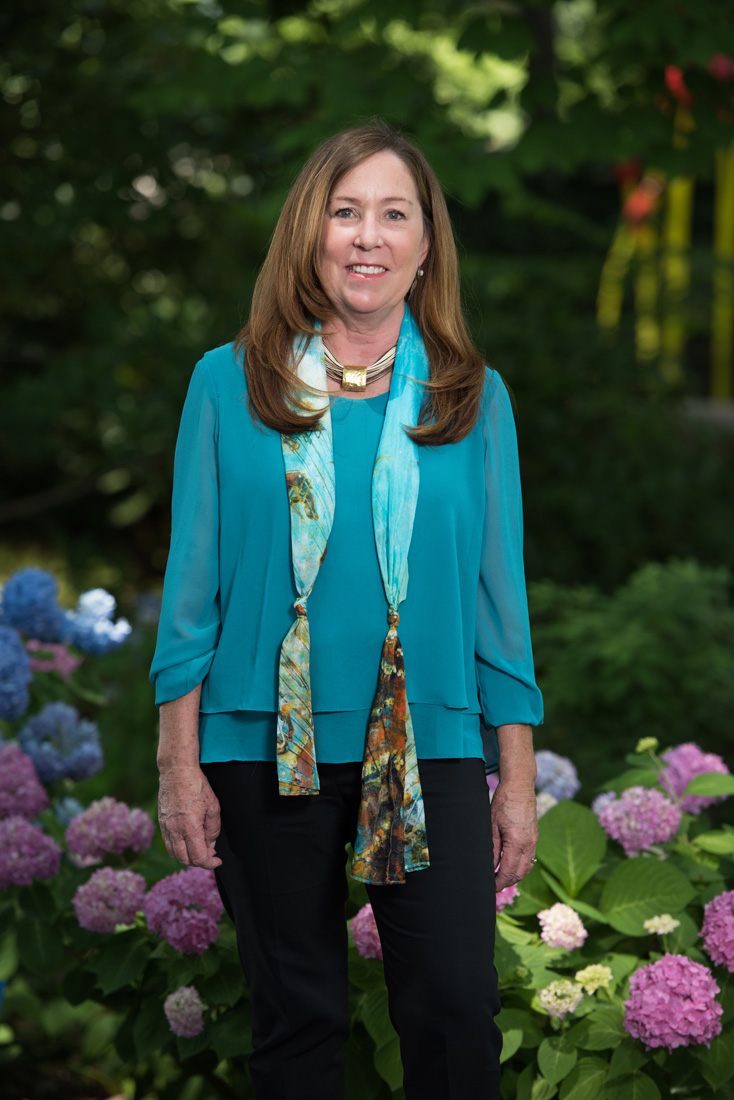
Under CEO Mary Pat Matheson, the Atlanta Botanical Garden continues to flourish in its 40th year.
Stroll along carefully pruned paths, soak in the visual beauty of nature in bloom and stop to savor the skylines views, and it’s hard to envision a day when the Atlanta Botanical Garden was, well, a mess. But back in the 1970s, this corner of Piedmont Park needed a lot of TLC.
“It was in bad shape,” says Mary Pat Matheson, the garden’s president and CEO for the last 14 years. “It had old greenhouses from the parks department, a little rose garden and a little Japanese garden. But a group of people who loved gardening did what they could to keep it up.” Those people also got talking over their volunteer tasks and agreed that a city the size of Atlanta needed a dedicated botanical garden. They garnered enough support to incorporate as the Atlanta Botanical Garden, and in 1976, then-Mayor Maynard Jackson persuaded the city to lease and dedicate 33 acres of the park as a garden. But the hard work was just about to begin.
“The organizers soon realized there were indigenous plants that were being threatened, so they integrated conservation into their mission,” Matheson says. “They started with carnivorous plants of the Southeast, and now we have the largest collection of pitcher plants in the world, just under 10,000 species, both native and from remote parts of the world.”
Continuing conservation efforts was one of the reasons Matheson left a 30-year job at the University of Utah to move to Atlanta. “I was very impressed with the commitment; people here were doing important conservation work,” she says. “And that is so important since we lose biodiversity so quickly. I also liked that the garden has great bones: It’s in a beautiful location in the heart of a dynamic, vibrant and cosmopolitan city. You couldn’t pick a better place for it than Midtown, with Piedmont Park next door and great city views.”
But Matheson also saw a job to be done to keep the garden moving forward. “It was in need of its next evolution. I felt it was under-utilized in the community. One thing I’m known for is raising money, building gardens and bringing exhibitions and concerts—things that bring people back, even if they’re not gardeners.”
Under Matheson’s leadership, more than $110 million has been raised to upgrade and create new facilities and to attract major exhibitions, such as the current display of glass artist Dale Chihuly, ongoing through October. Matheson brought the first and only Chihuly show to Atlanta in 2004, and since then, the garden has grown from 15 to 30 acres. Membership and attendance numbers have soared. Award-winning chef Linton Hopkins opened his latest name-sake venture, a full-service, locally sourced eatery. And yet there is still work to do.
Last month, Matheson unveiled a new children’s garden. A skyline garden with a gazebo, flower walk and terraces planted with succulents is under construction and will showcase the spectacular views of the Atlanta skyline when completed by the end of 2017. By early 2018, Matheson expects to cut the ribbon on the Center for Southeast Conservation, where future botanists will learn about environmental issues of the future. And she expects there will be more community outreach programs, particularly around the hot trend of urban agriculture.
“There is no shortage of things to do, especially these days, when people are so disconnected from nature,” says Matheson, who makes her own connection to it on a farm near Athens where she spends as much time as she can spare. “We don’t go hiking or play in the woods anymore; we’ve become an urban world. The garden is about getting people back to nature. They may not walk away knowing the name of this endangered orchid, but they’ll feel a lot better than when they arrived.”
Atlanta Botanical Garden
1345 Piedmont Avenue
404.876.5859
atlantabg.org
STORY: H.M. Cauley
PHOTO: Scott Reeves

